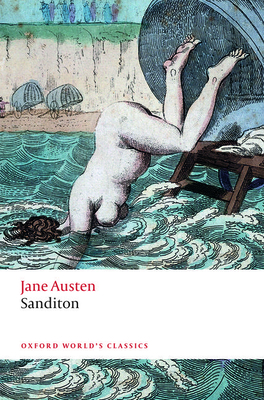
description
ell . . . without spending at least six weeks by the sea every year' In Sanditon, Jane Austen writes what may well be the first seaside novel: a novel, that is, that explores the mysterious and startling transformations that a stay by the sea can work on individuals and relationships. Sanditon is a fictitious place on England's south coast and the obsession of local landowner Mr Thomas Parker. He means to transform this humble fishing village into a fashionable health resort to rival its famous neighbours of Brighton and Eastbourne. The seaside holiday was invented in the eighteenth century, with resorts springing up along England's extensive coastline to take advantage of the craze for salt-water bathing. For Jane Austen, a keen bather, the seaside was a place where the female body might enjoy unusual permitted freedom. In Persuasion, the novel she finished only months before she began Sanditon, the sea and coast elicit rare moments of sensuous delight. In this her final, unfinished work, the dying writer sets aside her familiar subject matter, the country village with its settled community, for the transient and eccentric assortment of people who drift to the new resort, the town built upon sand. If the ground beneath her characters' feet appears less secure, Austen's own vision is opening out. Light and funny, Sanditon is her most experimental and poignant work.
member goods
No member items were found under this heading.
Return Policy
All sales are final
Shipping
No special shipping considerations available.
Shipping fees determined at checkout.







